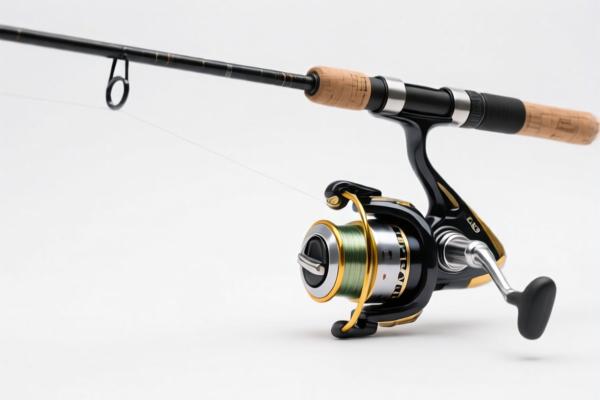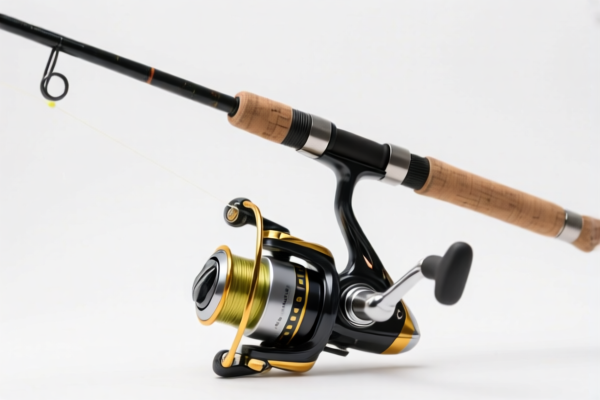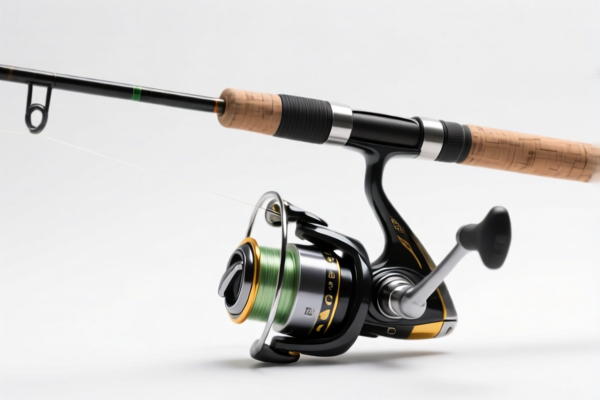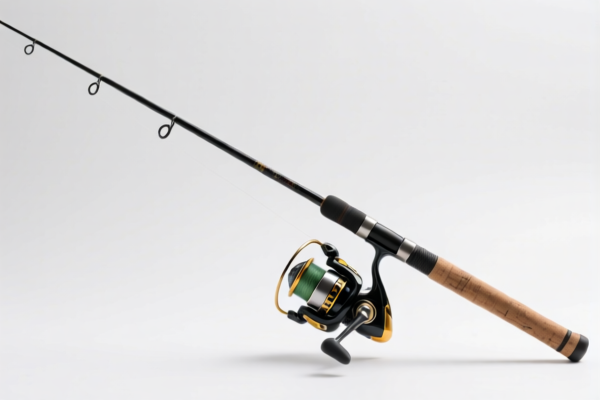| HS Code | Official Doc | Tariff Rate | Origin | Destination | Effective Date |
|---|---|---|---|---|---|
| 3926903000 | Doc | 59.2% | CN | US | 2025-05-12 |
| 3926909989 | Doc | 42.8% | CN | US | 2025-05-12 |
| 3916100000 | Doc | 60.8% | CN | US | 2025-05-12 |
| 3916903000 | Doc | 61.5% | CN | US | 2025-05-12 |
| 9507100040 | Doc | 36.0% | CN | US | 2025-05-12 |




HS Code Classification for PLASTIC FISHING ROD
Here's a breakdown of potential HS codes for "PLASTIC FISHING ROD," along with explanations and considerations. The correct code depends heavily on the rod's composition, function, and components.
Important Note: HS codes are determined by the material and function of the product. "Plastic" is a broad term; the type of plastic is crucial. Also, components like guides, reels seats, and grips affect classification.
Here's a structured breakdown:
- 3926.90.90 - Other plastic articles, not elsewhere specified or included.
- 39: Plastics and articles thereof. This chapter covers a wide range of plastic products.
- 26: Other plastic articles. This is a broad category for plastic items not specifically covered elsewhere.
- 90: Other. This is a "catch-all" for plastic articles not fitting into more specific subheadings.
-
Considerations: This is a common starting point if the rod is primarily plastic and doesn't have significant metal components. However, it's often too broad. If the rod has specific features, a more precise code is preferable. This code generally attracts standard import duties for plastics.
-
9507.30.00 - Fishing rods and tackle.
- 95: Miscellaneous manufactured articles. This chapter covers a diverse range of products.
- 07: Fishing gear, including tackle and fishing lines.
- 30: Fishing rods. This is the most specific code for fishing rods.
-
Considerations: This is the preferred code if the rod is clearly designed and marketed as a fishing rod. It often has lower duties than classifying it solely as a plastic article. However, the rod must be demonstrably for fishing.
-
3926.40.00 - Plastic rods, sticks and profiles.
- 39: Plastics and articles thereof.
- 26: Other plastic articles.
- 40: Plastic rods, sticks and profiles.
-
Considerations: If the plastic rod is sold as a component or blank for fishing rod manufacturing (not a finished rod), this code might apply. It's less likely for a complete fishing rod.
-
9507.90.00 - Other fishing tackle.
- 95: Miscellaneous manufactured articles.
- 07: Fishing gear, including tackle and fishing lines.
- 90: Other fishing tackle.
-
Considerations: This code is used for fishing accessories and components that don't fit into other specific categories. It might be applicable if the rod has unique features or is part of a fishing kit.
-
3926.90.10 - Plates, sheets, film, foil, strips, blocks and articles of plastic not elsewhere specified.
- 39: Plastics and articles thereof.
-
26: Other plastic articles.
-
90.10: Plates, sheets, film, foil, strips, blocks, articles of plastic.
- Considerations: If the rod is a plastic fishing rod, this code might be applicable.
Crucial Information Needed for Accurate Classification:
- Type of plastic: (e.d., PVC, fiberglass reinforced plastic)
- Components: Material of guides (metal, ceramic, plastic), reel seat material, grip material.
- Function: Is it a complete fishing rod ready for use, or a component?
- Single piece or multi-piece: This can affect classification.
- Intended Use: Specifically for freshwater, saltwater, or both?
- Value/Price: The declared value can influence tariff rates.
Recommendations:
- Start with 9507.30.00 (Fishing rods and tackle) if it's a complete, ready-to-use fishing rod.
- If primarily plastic and lacking specific fishing features, consider 3926.90.90.
- Provide detailed specifications to a customs broker or import specialist for a definitive classification.
- Check the specific import regulations of the destination country. Rules can vary.
- Ensure accurate documentation: A detailed packing list and commercial invoice are essential.
- Consider any certifications: Depending on the destination country, you may need certifications related to plastic composition or material safety. (e.g., RoHS, REACH).
Customer Reviews
The page was very informative, but I wish there were more examples of how to apply the HS codes based on specific rod features. Still, it was a good start.
This page made it easy to find the right HS code for my plastic fishing rods. The info on 9507.30.00 being the preferred code was really helpful.
The tariff rates and HS codes for exporting plastic fishing rods to the US were clearly listed. The explanations helped me understand which code to use based on the rod's components.
The breakdown of HS codes for plastic fishing rods was very detailed. I especially appreciated the note about considering the type of plastic and rod components.